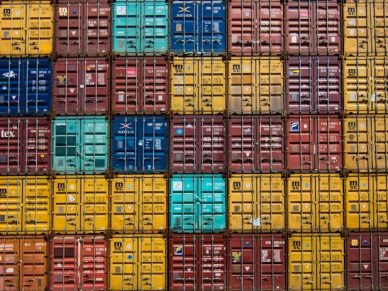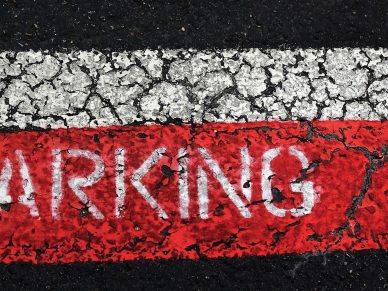
It’s crucial that business owners prioritize the health and safety of their workforce. Whatever the industry, employers have a duty of care to their employees.
While the safety of workers is always important, it’s especially the case where there is a greater risk to the health of employees, such as on construction sites or within industrial settings.
If you’re an employer or business owner who is focusing on updating safety procedures in the workplace, read on. Our guide covers key areas to focus on and areas to cover.
Common workplace injuries
Injuries do happen, regardless of strict health and safety measures that you might have in place. According to statistics from the Health and Safety Executive, annually between 2017/18 and 2019/20, 610,000 workers on average were injured in workplace accidents. A further 559,000 workers suffered a new case of ill health that they believed to be caused or made worse by their work.
In the 2019/20 period, slips, trips or falls accounted for 29% of non-fatal injuries, while almost a fifth (19%) of injuries were caused by handling, lifting or carrying, and 11% were struck be a moving object.
While many of these injuries can happen in a variety of industries, there is a greater risk in hands-on settings such as factories and on building sites.
Protecting your staff
Protective equipment shields workers, acting as an added layer between them and potential hazards. When working on a safety strategy in your organization, the protective equipment is a good starting point. Look at the current supply of key items such a overalls, masks, and safety glasses to see if anything needs replacing or adding.
Keeping safe: electrical safety
Electricity is used in everything from offices to warehouses. However, there are some instances where it poses more of a risk than others. The main hazards to be aware of include the potential for burns or electric shocks, and faulty installations or electrical equipment that lead to injuries.
To ensure staff are safe, make sure electrical equipment is regularly assessed by a professional and replace any machinery that could be a hazard. Also, make sure your workers are properly trained to operate electrical equipment and move any cables out of the way so that they don’t cause employees to trip or fall.
Keeping safe: manual handling
If a lot of lifting is required in your workplace, for instance you oversee a team of builders, you’ll need to ensure your team have a good understanding of how to tackle manual handling.
First, designate lifting duties to the people you think are capable and ensure you get employees to share the load for larger loads. Also, make sure the team undergoes manual handling training so that they are aware of the correct lifting methods to avoid injury.
You’ll need to provide equipment that helps with lifting too. Trolleys, pulley systems, and even forklift trucks can all be the ideal solution to the problem. If you do require a forklift truck, your workers will need to be trained in how to operate it.
Keeping safe: fire safety
Consider any fire hazards in the workplace. Is there anything that could be a source of ignition, such as a match, fire lighter, or poorly maintained electrical equipment? If so, how close are these to sources of fuel, such as wood or paper?
Carry out a fire safety risk assessment in the workplace. This will give you the opportunity to remove any hazards and ensure exit doors are clear.
Next, think about the fire safety procedures. Does your team know how to raise the alarm if there’s a fire? Is there a meeting point that everyone can assemble at that’s safely away from the workplace in the event of a fire? Host fire drills so that your employees know what to do.
Take the time to regularly update your safety guide for your workplace, especially if your workplace changes often, such as building sites. Be open with your employees about the safety procedures in place and remind them that these are there to protect them.
















Leave a Reply